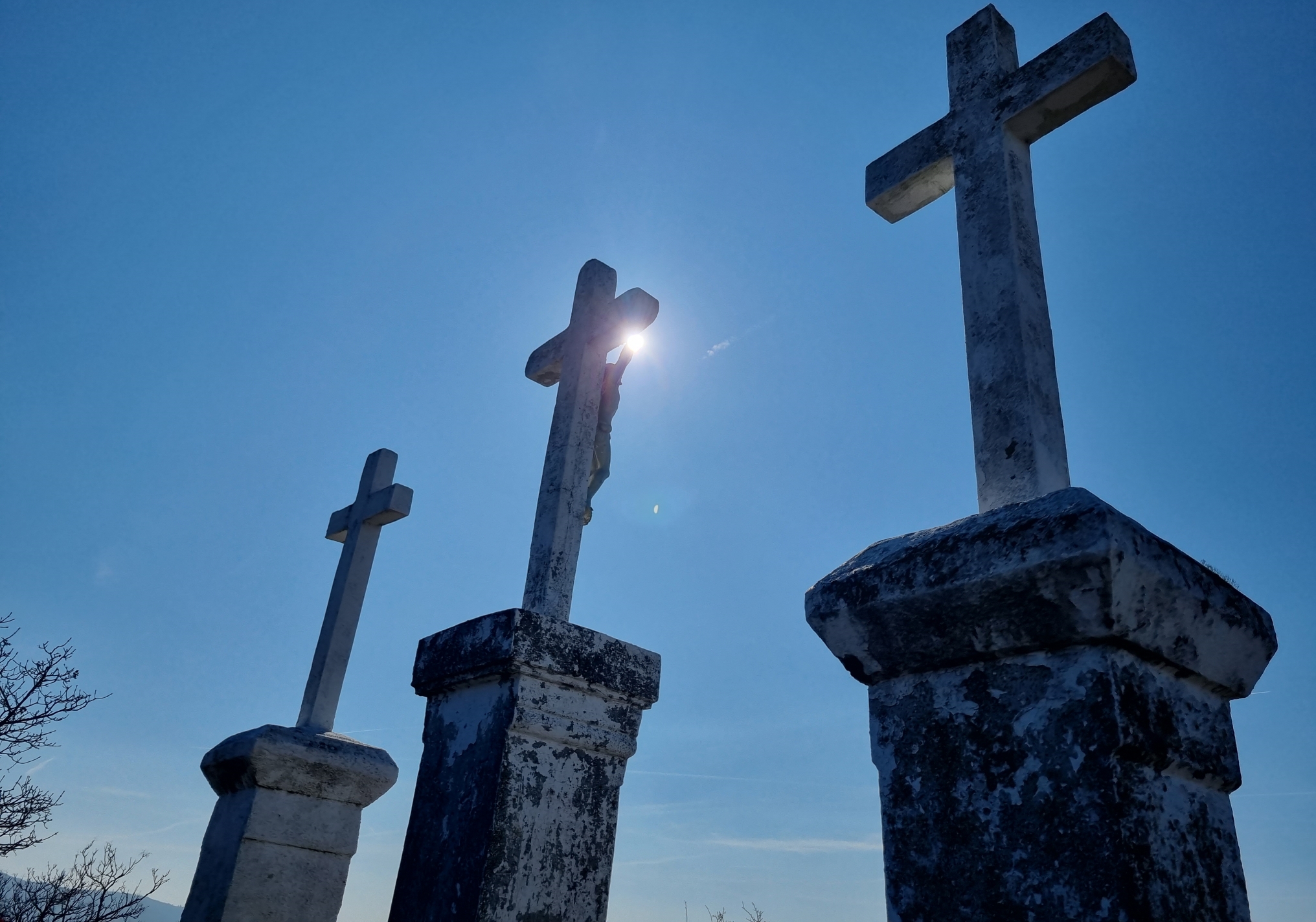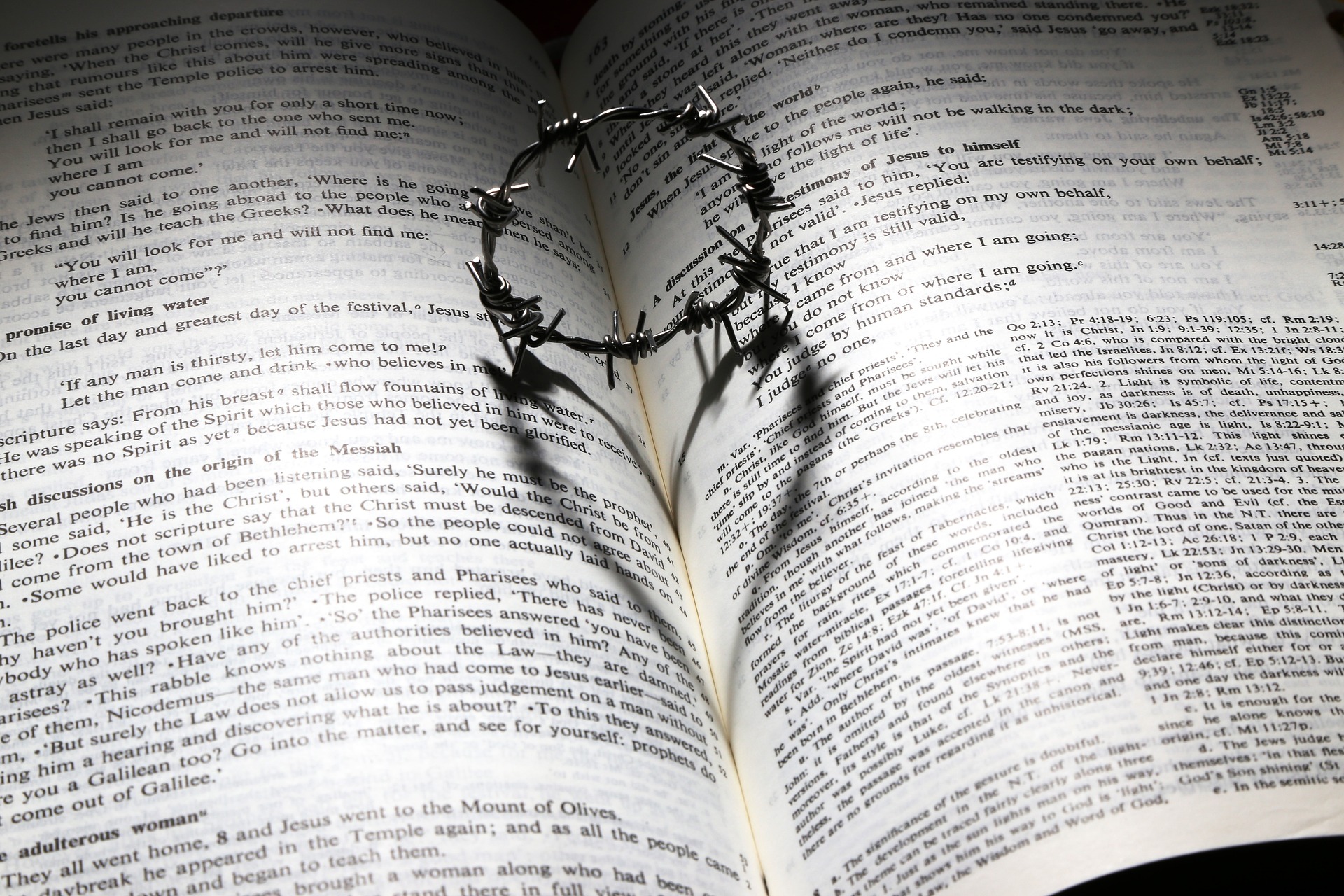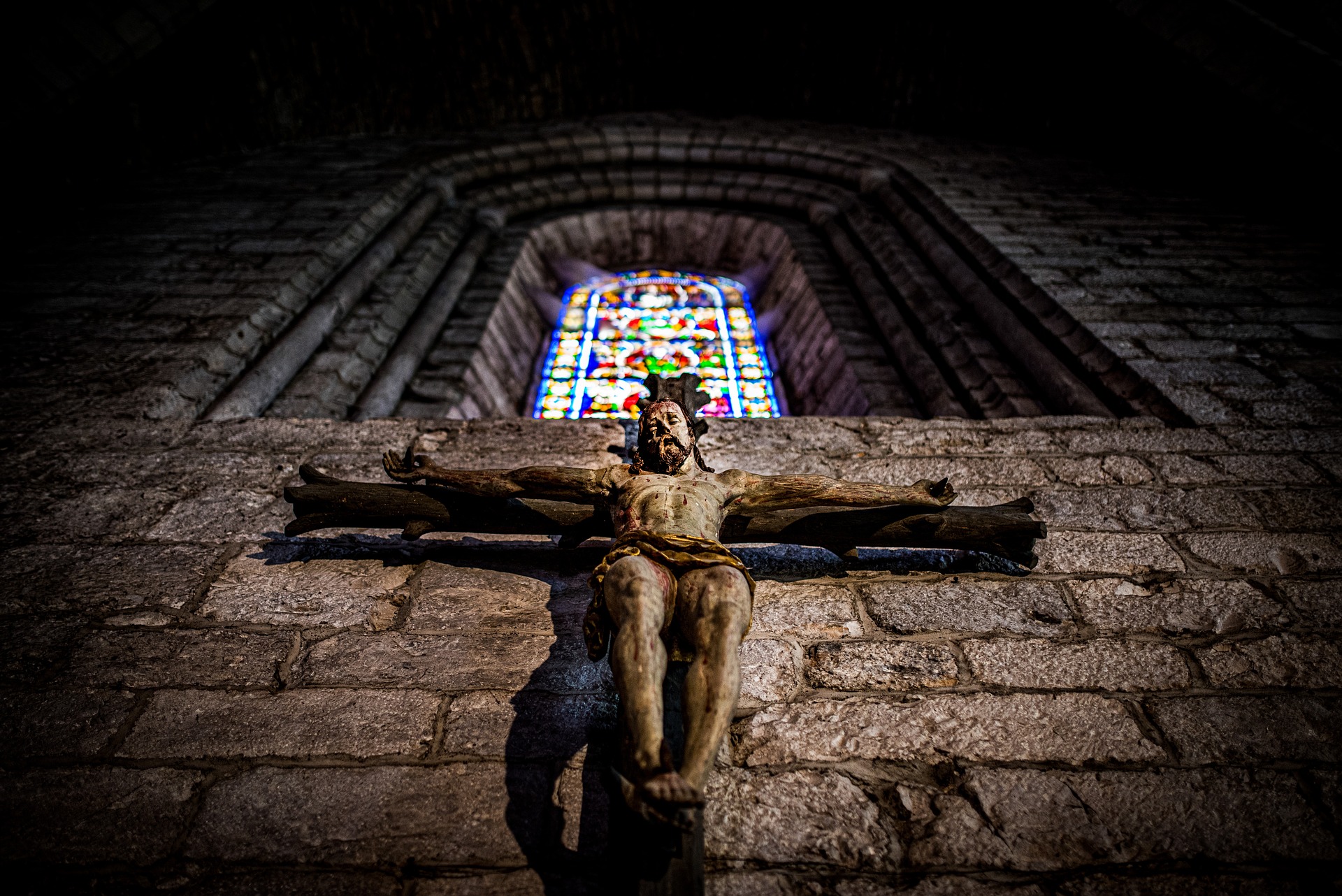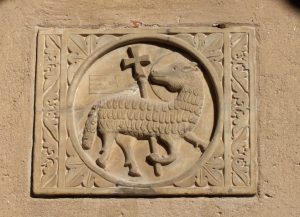
Reflecting on the Easter-message through the words of Cardinal Mindszenty.Continue reading

In society, less and less emphasis is placed on the true meaning of Easter, with gifts and food taking center stage. In this Easter article, we would like to show what are the traditional Hungarian Easter customs and what this holiday means for the Christian world.
Easter is one of the most important and biggest celebrations in the Christian Church. Easter and its associated feasts are among the movable ones, with Easter Day falling on the first Sunday after the spring lunar new moon, between 22 March and 25 April, according to church regulations dating from 1582.
Almost all nations have folk traditions associated with Easter, but these traditions are not typically incorporated into the festive rites of the Christian religion. Instead, they have survived alongside church celebrations as festive customs of rural communities.
The Easter period begins with the Palm Sunday, the festival commemorating Christ’s triumphal entry into Jerusalem. From the 6th century onwards, processions were held using the palm tree. In Hungary, the holy palm is replaced by pussy willow (Hungarian: barka), which also has folk as well as church origins. In the Roman Catholic church, the blessing of barkas was used against curses and for healing.

Painted Easter eggs with pussy willow (also known as barka in Hungarian). Photo: Pixabay
The Holy Trinity of Easter (liturgically known as Sacrum Triduum Paschale), which is observed on Holy Thursday, Good Friday and Holy Saturday, commemorates the Passion, Crucifixion and Resurrection of Jesus Christ.
Maundy Thursday marks the Last Supper of Christ on the Mount of Olives, followed by his arrest and the beginning of his Passion. It is also known as Green Thursday and is usually celebrated by Hungarian believers with eating something green, such as spinach, in the hope of a good harvest and for the fasting season.
On the evening of Maundy Thursday, the bells are silenced in Catholic churches, traditionally referred to as “going to Rome”, and only ring again on Holy Saturday. The washing of feet on Maundy Thursday is a liturgical custom to teach humility to the powerful.
Good Friday is the day of Jesus’ death on the cross, a time of fasting and mourning. The Catholic liturgy includes the reading of the scriptures on the death of the Savior, followed by the Passion, the story of Jesus’ Passion, and then the unveiling of the cross with the mourning veil. At the end of the Good Friday Mass, the altar is taken to a special place of safekeeping, everything is taken down from the altar (“altar-robbing”), leaving only the candlesticks and the cross to symbolize Jesus’ suffering and the stripping of his clothes.

On Good Friday, procession is customary, recalling the stages of Jesus’ Passion. Today’s usual 14 stations of the cross date back to around 1600. On Good Friday, believers abstain from eating meat, and are allowed to eat no more than three meals.
Good Saturday – the day before Easter – is marked by the death of Christ. It commemorates the day when Christ’s body lay in a tomb dug into the rock. Resurrection, as written in the Gospels, happens at dawn on Easter Sunday, the third day. The evening processions, the lighting of the new fire in the churches – a symbol of Jesus and of hope – announce that Jesus is risen and that salvation is at hand. In the evening the bells “come back” from Rome.
Holy Saturday marks the end of the 40 days of fasting. It was customary on this day, at the first bell, to run out into the garden and shake the fruit trees, so that the old bad harvest would fall and the new one would not be wormy. Many different traditions and rituals have developed for the consecration of the fire. Its ashes and embers were kept, used for healing, and scattered in the house and fields.
On Easter Sunday or Resurrection Sunday, Christians celebrate the risen Christ.
This day included the tradition of consecrating food. Believers went to the morning mass with a covered basket of lamb, bread, eggs, ham and wine. It was also a day of prohibition: no sweeping, no cooking, no driving out and no caging of animals.
Easter Monday is the day of sprinkling. It is based on the pre-Christian belief in the purifying, fertility-enhancing power of water. Its origins refer to baptism and the legend that ancient Jewish leaders tried to silence the women of Jerusalem who proclaimed the resurrection of Jesus by throwing water at them.
According to popular tradition, the men would go round the houses and water the girls and women, accompanied by various poems and songs. In return for the “watering”, the girls would give the men red eggs. This color is a symbol of love and life, and legend has it that the blood of Christ on the cross dripped down and colored the eggs in the basket of a woman who was praying beneath.
The egg is perhaps the best known symbol of Easter, both as an essential part of the Easter meal and as a decoration for the house. In Christianity, it has become a symbol of resurrection. According to the parable, Christ cracked the rock-cut tomb at the resurrection like a full-grown bird cracks the shell of the egg that holds it.

Lamb of God, Porec, Croatia, Photo: Wikipedia
The lamb is also an ancient symbol, the Passover lamb representing Jesus Christ and linked to the religious tenet that Jesus Christ died as a sacrificial lamb for the redemption of mankind. This is why Jesus is still called the Lamb of God.
Featured photo via Pixabay